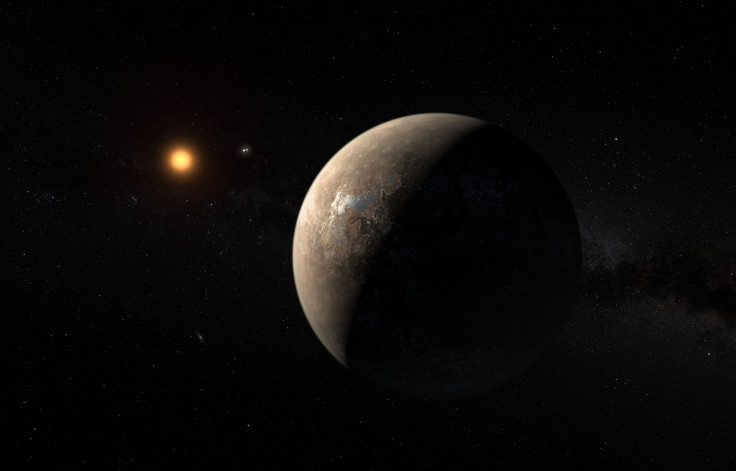You can help astronomers find nearby Earth-like planets that support alien life
Astronomers are looking for new terrestrial planets around Proxima Centauri
The search for extrasolar planets is an exciting endeavour. When these planets are the ones closer to the Solar System, the excitement reaches a whole new level. We -scientists- are the end-users of a large organisational infrastructure supported by the people. We are privileged.
It is only fair that we share the thrill of space exploration with the people that make it possible - that is, space and science enthusiasts and anonymous citizens around the world who, through their daily jobs and taxes, create this small excess of production which we use to explore the unknown.
The Red Dots campaign, which plans to associate the public to our search for nearby terrestrial planets, is our small contribution in sharing this excitement.
In this campaign, we will monitor Proxima Centauri, the nearest-known star to the Sun, Barnard's Star, a red dwarf star just six light-years away and Ross 154, another red dwarf at a distance of nearly 10 light-years.
For almost 100 consecutive nights, we will look at them with the HARPS spectrometer. This measurements will be used to reach the sensitivity to detect sub-Earth mass planets in temperate orbits around these stars.
The data for Proxima Centauri will be released a few days after acquisition to the public, so that astronomy enthusiasts can actively participate in real time analyses and discussions.
We have good reasons to suspect that around Proxima Centauri, we'll find more planets with similar qualities to our own. Will these planets be Earth-like? We don't know yet. These are just the first steps. We also don't know if we will one day be able to reach these stars, but if so, they will likely be our first destinations.

Red Dots is the beginning of a longer term effort to search for all these very nearby planets. For now, we focus on red dwarfs, because they are more numerous, easier to detect, and provide reasonable chances for characterisation in the near future. From what we learn here, we will then refine our methods and go after true Earth-analogues around the nearest sun-like stars.
While some might argue that red-dwarfs are not suitable places for life to emerge and thrive, studying them provides a realistic opportunity to obtain some sort of answer about life outside our planet. Moreover, if within the next decade we find evidence of atmospheres and non-equilibrium chemistry in some of these worlds, the search for life and the driver to explore beyond our planet will become much more tangible.
Red dots is about recording and communicating the crucial steps in our understanding of our place in the Universe and sharing them with the public. The evidence will come from sketchy sinusoids in velocity measurements or tiny dips in photometric time-series. But this is how first glimpses of something amazing are obtained.
Dr Guillem Anglada-Escudé is an astronomer at Queen Mary University of London (QMUL). he led the team that discovered a planet around the closest star to our Sun, Proxima Centauri.
© Copyright IBTimes 2025. All rights reserved.





















